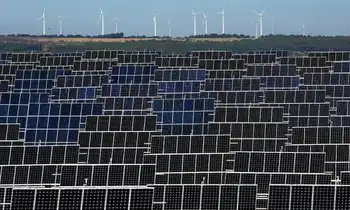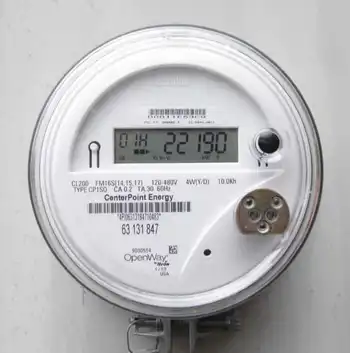TAC studies impact of economic stimulus package
By Business Wire
NFPA 70b Training - Electrical Maintenance
Our customized live online or in‑person group training can be delivered to your staff at your location.

- Live Online
- 12 hours Instructor-led
- Group Training Available
The American Recovery and Reinvestment Act of 2009 (ARRA) contains more than $308 billion in appropriations, including approximately $37.5 billion in energy efficiency-related funds, targeted especially for projects at public schools, public institutions of higher education and government facilities, which are a primary customer base for TAC.
“Our experience and leadership in the area of energy solutions makes TAC uniquely qualified to assist a variety of public sector organizations to effectively and responsibly apply these government resources to energy efficiency, conservation and renewable energy programs,” said Jeff Drees, president of TAC Americas. “TAC will continue to monitor the impact the economic stimulus package will have on our business and customers, in cooperation with our parent company, Schneider Electric, and via our partnership organizations such as the Alliance to Save Energy (ASE), National Association of Energy Service Companies (NAESCO), and the U.S. Green Building Council (USGBC).”
In order to educate its employees and partners on the impact of the ARRA, TAC presented an educational web seminar featuring Kateri Callahan, president of the ASE, a coalition of prominent business, government, environmental, and consumer leaders who promote the efficient and clean use of energy worldwide. Callahan addressed the stimulus package, the Obama administration's impact on energy policies, and the role TAC can play in delivering energy related projects.
According to Callhan and the ASE, the energy-efficiency measures in the ARRA could create more than 100,000 jobs over the next two years and, over the life of the measures, reduce U.S. carbon dioxide emissions by nearly 200 million metric tons.
Callahan highlighted several ARRA provisions to advance energy efficiency to which TACÂ’s expertise applies. These include $4.5 billion to convert 75 percent of federal facilities into high-performance green buildings; $3.1 billion for the State Energy Program (SEP), which delivers important energy-efficiency services and innovations in every state; and $3.2 billion for Energy Efficiency and Conservation Block Grants (EECBG) that will allow state and local governments to aggressively implement energy-efficiency programs, of which $400 million of the funds are to be awarded on a competitive basis.
“The strategic investment of federal funds in energy-efficiency projects will create jobs and lower energy bills for consumers and businesses throughout our economy. And as we collectively lower our energy use, we also will put a dent in global climate change and enhance our nation’s energy security,” said Callahan. “ARRA is a bold first step in moving our nation from the ‘dark ages’ of excessive energy use, in which we currently are the least efficient of all industrialized economies, to becoming the most efficient.”
TAC is a recognized leader in performance contacting and energy solutions, having assisted numerous school districts, institutions of higher education, and government entities at all levels to achieve energy efficiency. For example, last year, the Department of Energy (DOE) awarded TAC an Indefinite Delivery Indefinite Quantity (IDIQ) performance contract with potential value of up to $5 billion in energy-efficiency, renewable energy, sustainable design, and water conservation projects at federally owned buildings and facilities.
To date, TACÂ’s performance contracts across the county have reduced energy usage equal to removing 291,216 cars from the road, planting 396,054 acres of trees, or reducing CO2 emissions by 1,456,080 tons.
“TAC has a demonstrated ability to deliver projects that provide measurable, quantifiable results around reducing energy consumption, operating costs, greenhouse gas emissions and the carbon footprint of buildings,” said Drees. “Our solutions are based on the latest technologies and include renewable energy, indoor environmental quality improvement, sustainable design and more. As a growing, premier employer and leader in the green-collar community, TAC’s professionals have unmatched expertise in delivering cost-saving projects that help our customers achieve more with their energy while using fewer of our natural resources.”











